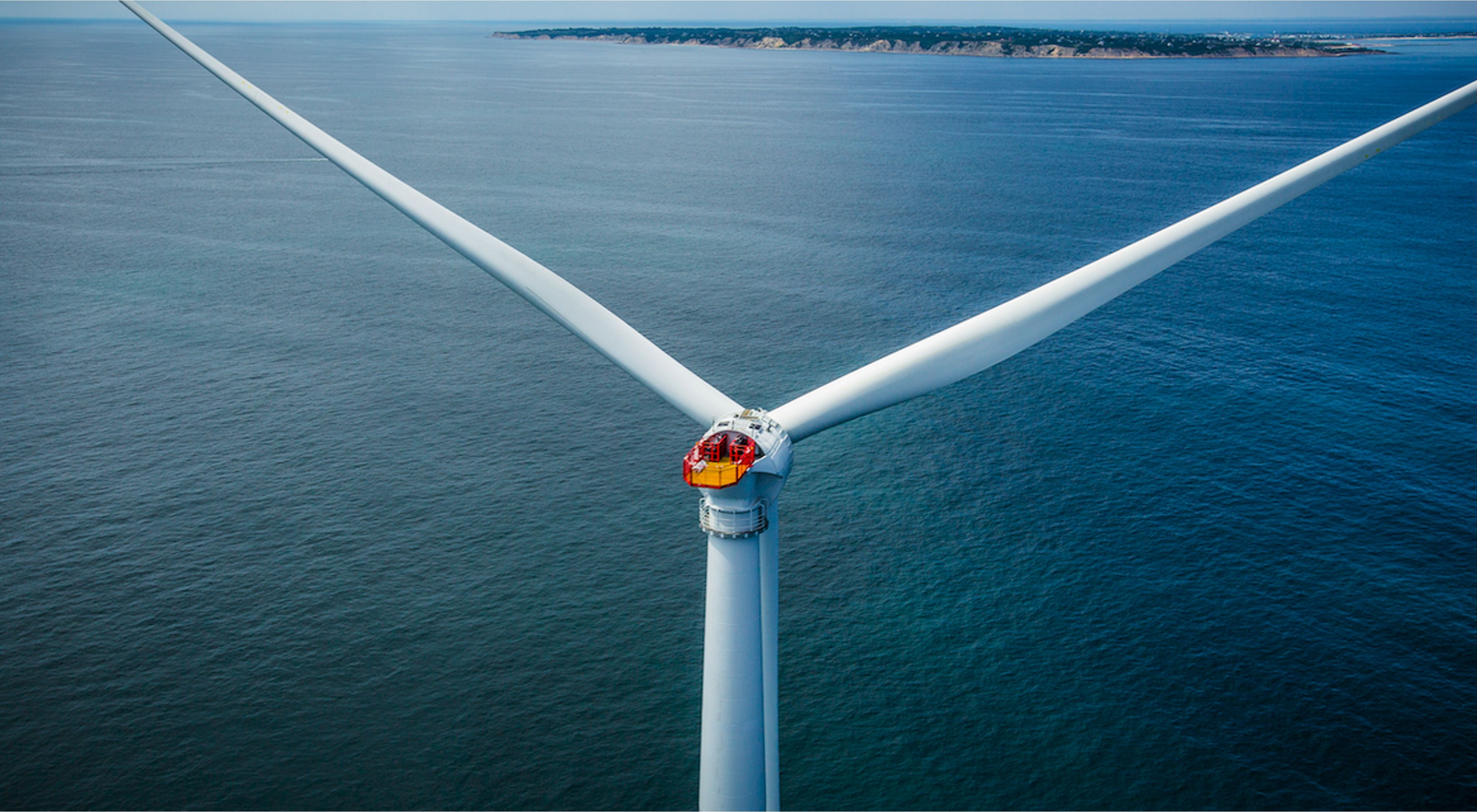The Nature Conservancy & Roger Williams University Host International Symposium On Opportunities For Offshore Wind Development To Enhance Biodiversity
Media Contacts
-
Tricia K. Jedele
Email: tricia.jedele@tnc.org
The Nature Conservancy, along with The Marine Affairs Institute at Roger Williams University School of Law, hosted international experts for a two-day symposium exploring opportunities for offshore wind projects to help respond to the rapid biodiversity loss happening around the world and improve environmental outcomes at project sites and on an ecosystem scale.
The conference held on April 20-21 brought together public officials, scientists, scholars, economists, attorneys and environmental experts from Europe and North America to discuss the approaches already underway along with the challenges and opportunities of the concept.
Resources from the symposium are now available:
- Watch video recordings of the symposium.
- Read the summary report of the symposium.
- Learn more about the symposium.
The symposium featured 45 speakers and moderators, including representatives from federal and state government officials from the United States, the Netherlands, and the United Kingdom, marine ecologists, other scientists and researchers, attorneys, business leaders in the offshore wind industry, and consultants studying the marine environment or working on offshore wind.
Throughout seven panel discussions, the experts shared scientific, legal and regulatory perspectives related to the ways that offshore wind project investments can improve the health of the ocean and marine life, often referred to as “net positive impact on biodiversity” (NPI). The concept of NPI is not new; however, the application to offshore wind development is relatively new. There are no frameworks, common definitions or specific regulations for integrating biodiversity goals into new offshore wind projects in the United States.
The symposium focused on these questions:
- The concept of NPI generally, and specifically in the offshore wind context.
- Whether increased biodiversity is the appropriate metric and how success would be measured.
- The existing status of various drivers—including environmental, governmental, financial, and corporate—for the NPI approach in the offshore wind development context.
- The existing approaches to incorporating environmental benefit considerations into agency decision-making in the United States and in other countries.
- Technological and project specific examples of how nature-inclusive designs and environmental benefits are being applied in the United States and other countries.
The Nature Conservancy is a global conservation organization dedicated to conserving the lands and waters on which all life depends. Guided by science, we create innovative, on-the-ground solutions to our world’s toughest challenges so that nature and people can thrive together. We are tackling climate change, conserving lands, waters and oceans at an unprecedented scale, providing food and water sustainably and helping make cities more sustainable. The Nature Conservancy is working to make a lasting difference around the world in 81 countries and territories (40 by direct conservation impact and 41 through partners) through a collaborative approach that engages local communities, governments, the private sector, and other partners. To learn more, visit nature.org or follow @nature_press on X.
